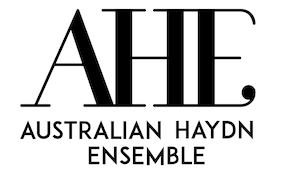It’s reassuring that music critics wrote drivel 200 years ago. Wilhelm von Lenz, one of Beethoven’s early biographers, described the Waldstein Sonata as the pianistic equivalent of the Eroica Symphony. It gets worse: he described the Appassionata Sonata as “undoubtedly Beethoven’s darkest and most aggressive work.” Jumppanen’s readings of both are unexceptional and unexceptionable, though the finale of the Appassionata is a great deal more aggressive than that of Arrau or Barenboim.
What interested me more was the Opus 10 trilogy of early sonatas, which are frequently overshadowed by the middle and late period masterpieces. Both the first and second in this opus are, on the face of it, backward-looking works, the first minus a minuet the second lacking a slow movement but, nevertheless, containing a myriad of suggestions that something marvelous is afoot.
Jumppanen captures the kaleidoscopic moods of both these works, especially the Haydnesque presto of the Second. It’s in the four movement Third Sonata that we see the huge strides Beethoven had taken even within the same opus: the Largo e mesto, surely the most tragic and heartfelt of all his ‘early’ works. Jumppanen spins out the final bars here into a passage of exquisite agony, itself worth...











Comments
Log in to join the conversation.